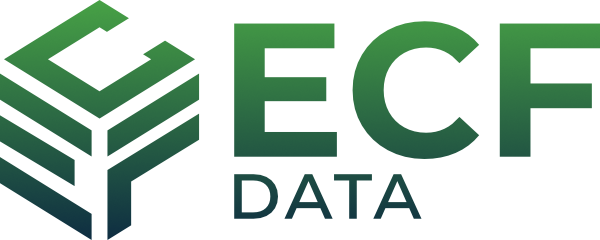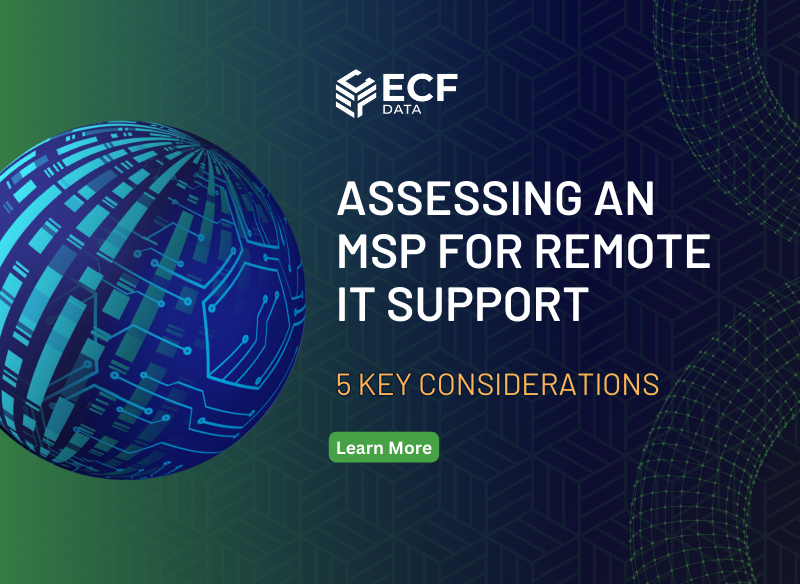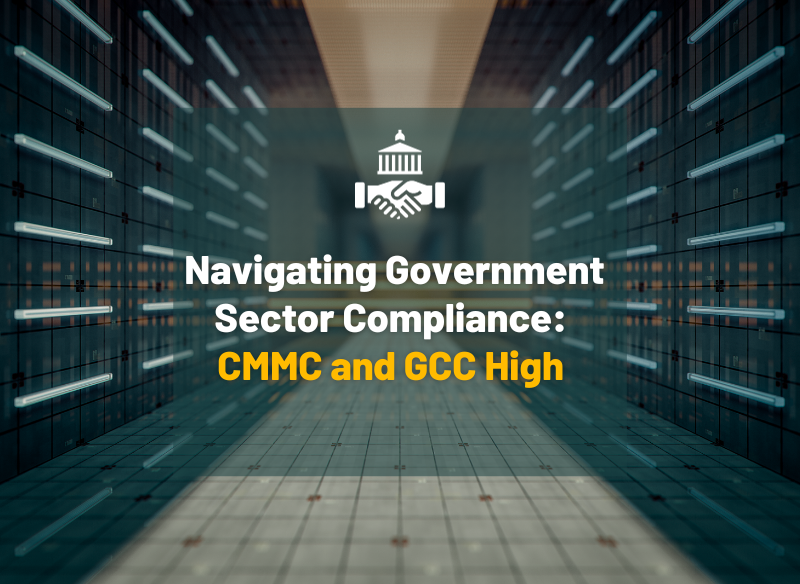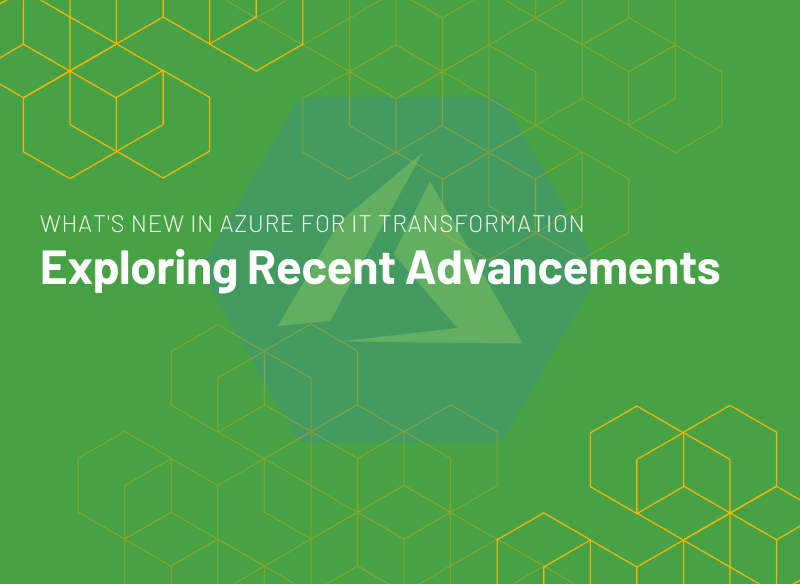-
By: Janina Criador
- IT Consulting
- November 1, 2022
- Comments 0
Azure Cost Optimization: 8 Proven Ways to Smash Costs
Microsoft Azure is one of the businesses’ most popular cloud computing choices worldwide. Based on Microsoft’s data, 95% of Fortune 500 companies and more than 68,000 partners trust it. While many trusted it, Gartner research indicates that 80% of organizations overshoot their Big Data cloud budgets. This is where the problem lies because it contradicts why businesses move to the cloud, especially when their purpose is to be more cost-effective.
If you’re experiencing overspending on your cloud budget, let us tell you this: the cloud isn’t at fault. It’s your optimization strategy.
Why is Azure Cost Optimization Important?
In any business, it is crucial to ensure that costs are under control. Keeping an eye on your cloud infrastructure’s operating costs is critical, mainly because it isn’t a fixed amount. There are smart choices that can do optimize your cloud investment. Reducing your cloud resources costs is one of the best things you can do, primarily if you depend on the cloud.
8 Best Practices for Azure Cost Optimization
Since you are paying based on your usage, you must treat it like a “living thing.” In this sense, everything it uses, including round-the-clock improvements, takes space and money.
To address this, you need a cost-optimized system. It should fully use all resources and meet your functional needs at the lowest price possible. Below, we give you some of the best practices you can apply so that you can experience a massive difference in your overall Azure experience.
1. Halt unused resources
Because Azure implements a pay-as-you-go payment method, you can save by shutting down unused resources. Your Azure advisor can identify ExpressRoute circuits, virtual machines (VMs), and other resources. You can receive recommendations on which to close and how much you’d save. “Snoozing” or turning resources off beyond and during usage hours can also be applied. You can automate this with Azure cost optimization tools like Azure Automation or embed solutions within Azure services.
2. Right-size underutilized Azure resources
Underutilized resources can also be an overspend because something’s put to waste. Right-sizing finds the “perfect fit” for a workload. It can be through reducing workload without affecting performance requirements or enhancing performance to a required level while reducing extra costs. The key is to find the ideal size based on your needs and requirements.
Tools such as Azure Monitor, Azure Advisor, and Insights are some that you can use. Azure Migrate’s evaluation can also help you right-size if you’re migrating to Azure from your data center.
3. Stick to a budget and allocate costs to teams and people
Budget is an integral part of any organization. Through Azure Cost Management, you can better manage and monitor spending. You can plug in the budget, set alarms, and view (depending on the category) where each cost comes from. This Azure cost optimization tool helps you to be more aware of patterns and usage relative to cost.
4. Configure auto-scaling
Using the auto-scaling feature is one of the Azure cost optimization hacks you can apply. Auto-scaling (or Auto scale) is defined as the process of allocating resources, matching it with performance requirements to minimize costs. Generally, it is an automated process that is set by policies or rules. There’s no need to regularly monitor the performance because it can run on its own. The system can maintain the required number of resources as users want more of them based on the policies, and it can de-allocate those resources as demand declines to help cut costs. Moreover, you can delete redundant resources with horizontal scaling.
5. Reserve instances for consistent workloads
A pricing option that you can explore is the Azure Reserved Instances. It allows you to reserve capacity on a virtual machines’ subset for one or three years. Through this, you can reduce your costs by up to 72% because of your prepayment and commitment for the compute component and Azure virtual machine.
Take note that this savings applies only to your virtual machine cost. It is not applicable to pre-installed software, storage costs, or networking.
6. Maximize Azure Hybrid Benefit
AWS is up to 5% more expensive than SQL Server and Azure for Windows. Azure Hybrid Benefit is a cost-savings and licensing benefit that allows you to bring your current on-prem SQL Server and Windows Server licenses with subscriptions to Azure or active Software Assurance. According to Microsoft, when you combine reservation savings, extended security updates, and Azure Hybrid Benefit, you can achieve up to 85% savings compared to the pay-as-you-go method and reap the lowest cost of ownership. This Azure cost optimization tool also applies to Azure Dedicated Host and SQL on Azure. You can also maintain your on-prem operation because it provides 180 days of dual-use rights.
7. Select the suitable Azure compute service
There are several more compute services in Azure other than virtual machines. Azure presents many ways to host your code. The majority of compute services have a lower total cost of ownership than virtual machines since they need less management work. If you can, choose the appropriate computing service for your application to help you run more cost-effectively.
8. Strategize your Azure Cost Optimization
What’s most important here is to realize that Azure Cost Optimization is not a one-time thing. Instead, it is an ongoing process that takes time, effort, and knowledge. Setting a strategy that includes deployment processes, cost-ownership, and reporting will help achieve an optimum design.
Strategize your Azure Cost Optimization with ECF Data
Aside from the listed best practices, there are many tricks of the trade that can be done to reduce your Azure costs. However, most depend on your mindset, goals, resources, and workload.
If you think that Azure cost optimization is intimidating. ECF Data is your expert partner in managing your Azure costs. With ten years of experience in Microsoft solutions, Azure included, and an agile team of members, we can help you customize a strategy suited for your need. For questions or more information, connect with our responsive Azure experts for guidance.









